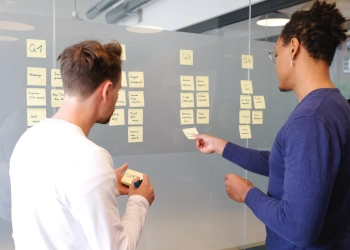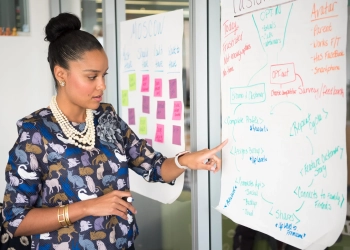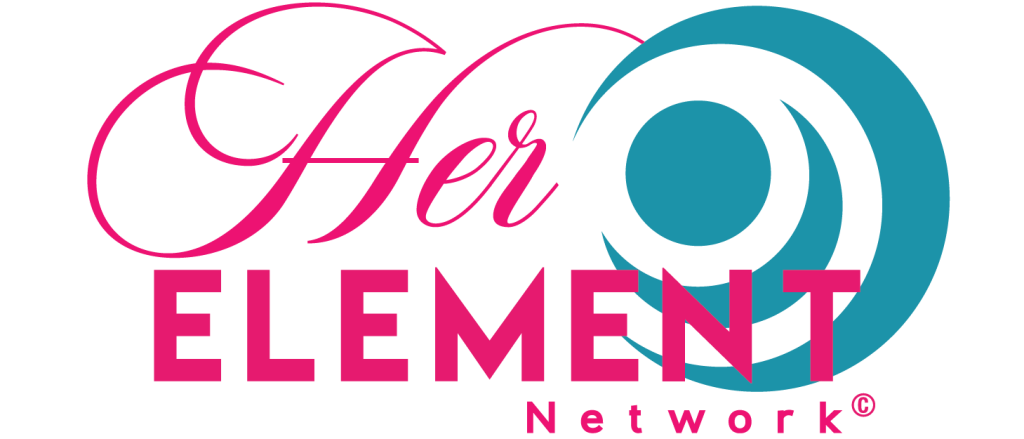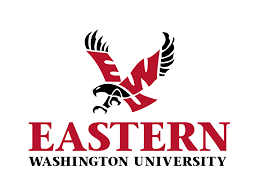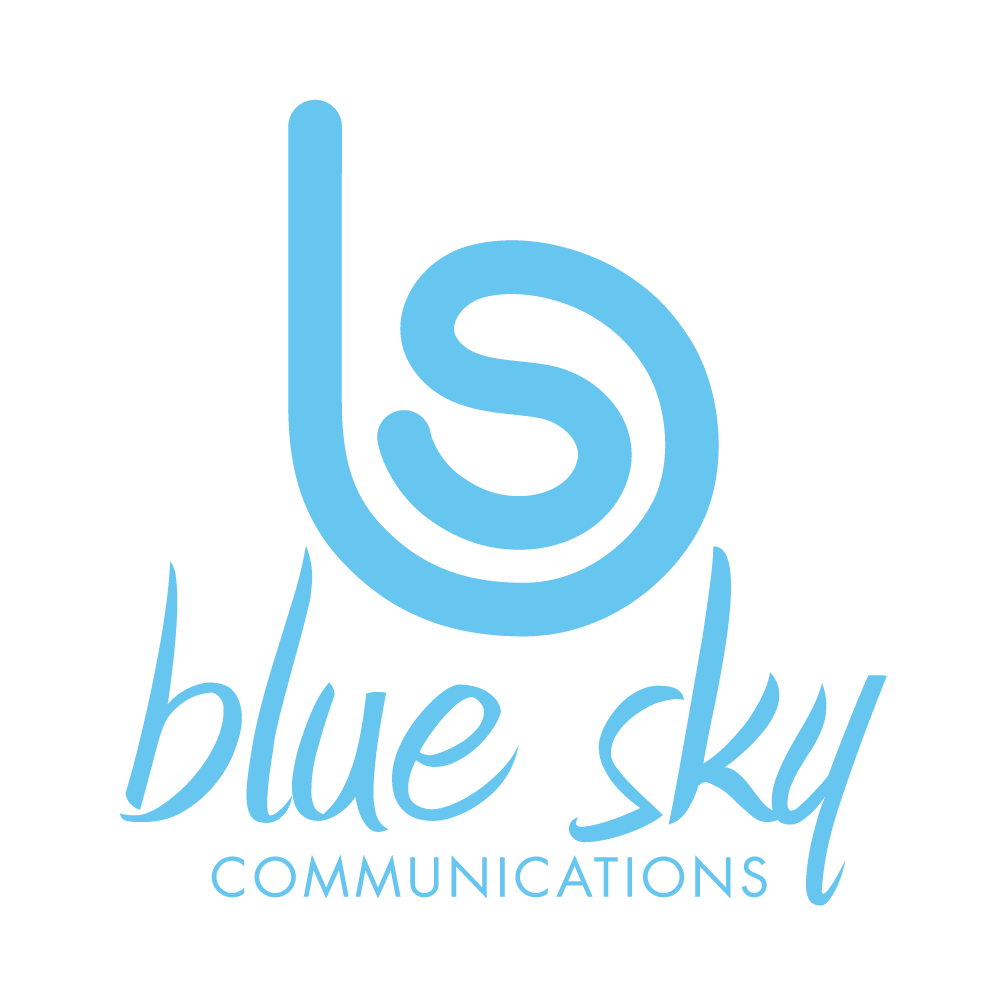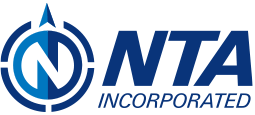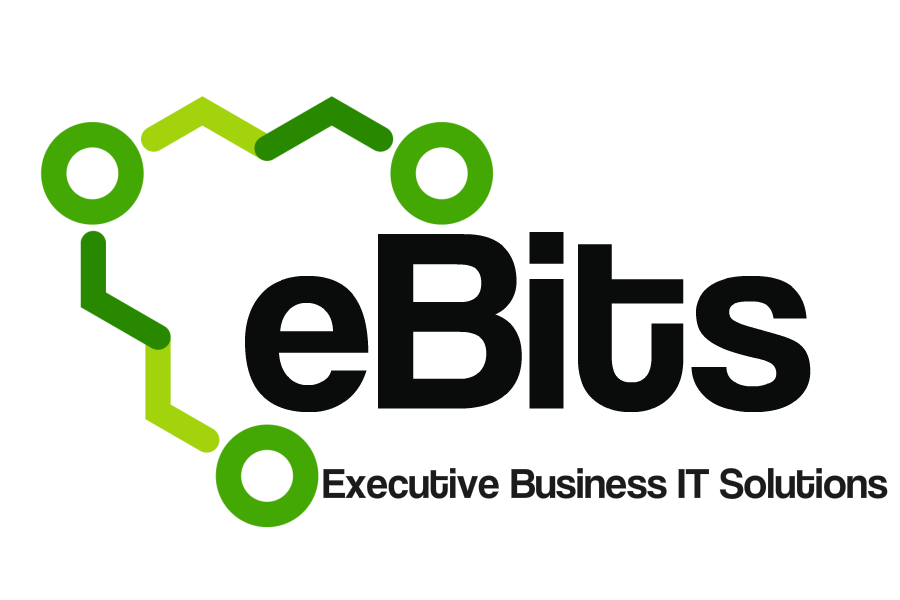A successful onboarding process helps new hires feel welcomed, informed, and prepared for their roles.
While the specifics may vary by organization, most onboarding programs follow these four main phases:
1. Pre-Onboarding (Preboarding)
This phase begins as soon as a candidate accepts your job offer and continues until their first official day.
Key activities include:
- Sending a welcome email and essential documents
- Completing paperwork and digital onboarding forms
- Setting up IT access and workspaces
- Sharing information about the company, culture, and what to expect
Pre-onboarding helps reduce uncertainty, builds excitement, and ensures a smooth start for the new hire.
2. Orientation (Welcoming New Hires)
Orientation typically takes place on the employee’s first day or week.
Key activities include:
- Introducing the new hire to the team and key stakeholders
- Providing a tour of the workplace (or virtual orientation for remote employees)
- Reviewing company values, policies, benefits, and procedures
- Assigning a mentor or buddy for support
The goal is to make new employees feel welcome, comfortable, and informed about their new environment.
3. Training (Role-Specific Training)
This phase focuses on equipping new hires with the knowledge and skills needed for their specific roles.
Key activities include:
- Job-specific training sessions
- Hands-on practice with tools, systems, and processes
- Access to learning resources and ongoing support
Effective training ensures employees are confident and capable in their new positions.
4. Integration (Transitioning into the Role)
The final phase is about helping the employee fully integrate into the team and organization.
Key activities include:
- Ongoing feedback and check-ins with managers
- Setting performance goals and expectations
- Encouraging participation in team activities and company culture
- Providing opportunities for growth, mentoring, and development
Integration helps new hires build relationships, understand their impact, and feel like valued members of the organization.
Summary Table
| Phase | Focus | Typical Activities |
|---|---|---|
| Pre-Onboarding | Preparation & Early Engagement | Paperwork, IT setup, welcome materials |
| Orientation | Welcoming & Cultural Introduction | Team intro, policy review, workplace tour |
| Training | Role-Specific Skill Building | Job training, tools, learning resources |
| Integration | Full Team/Company Integration & Growth | Feedback, goal-setting, mentoring, team involvement |
A structured onboarding process improves new hire retention, accelerates productivity, and sets the stage for long-term success.



